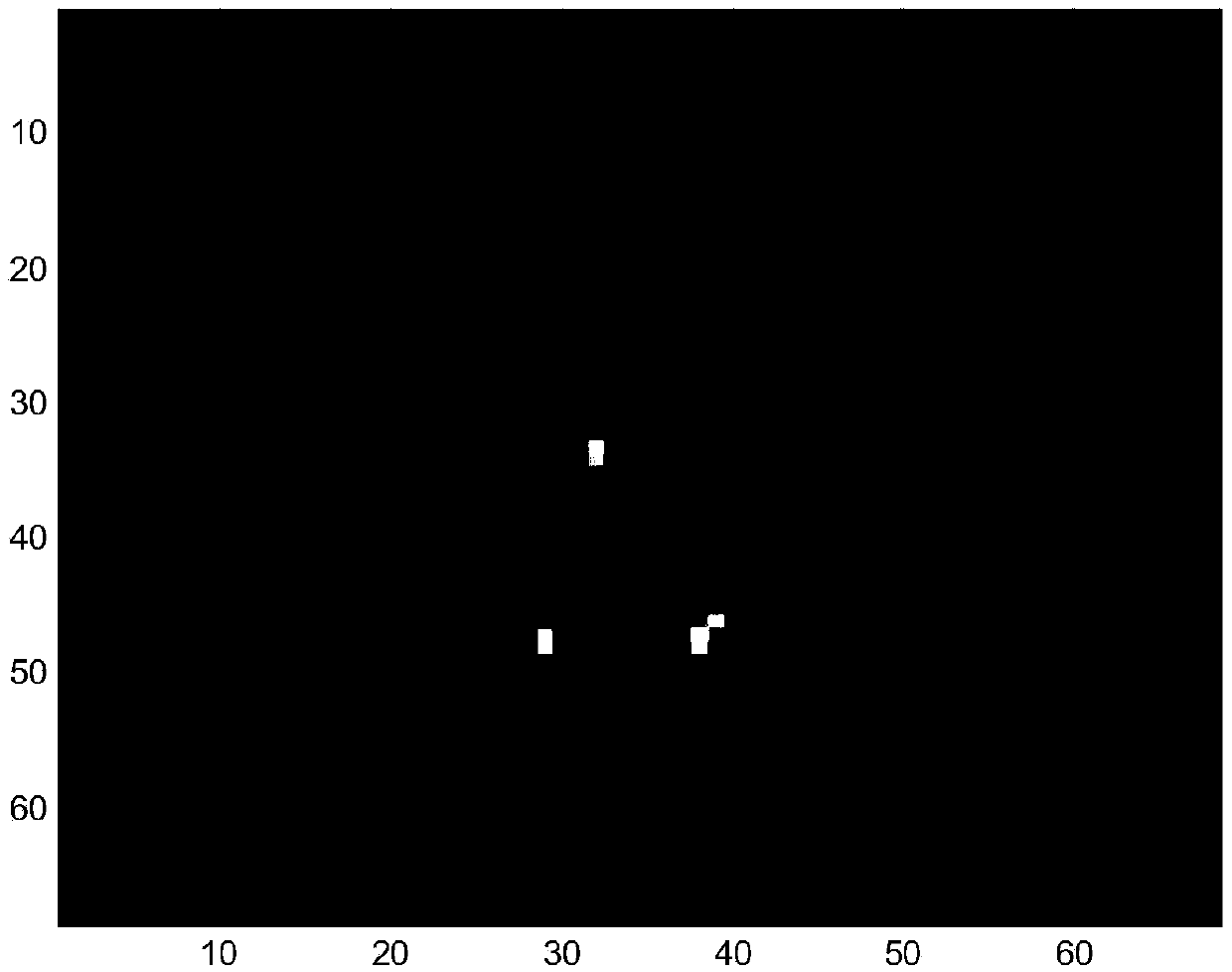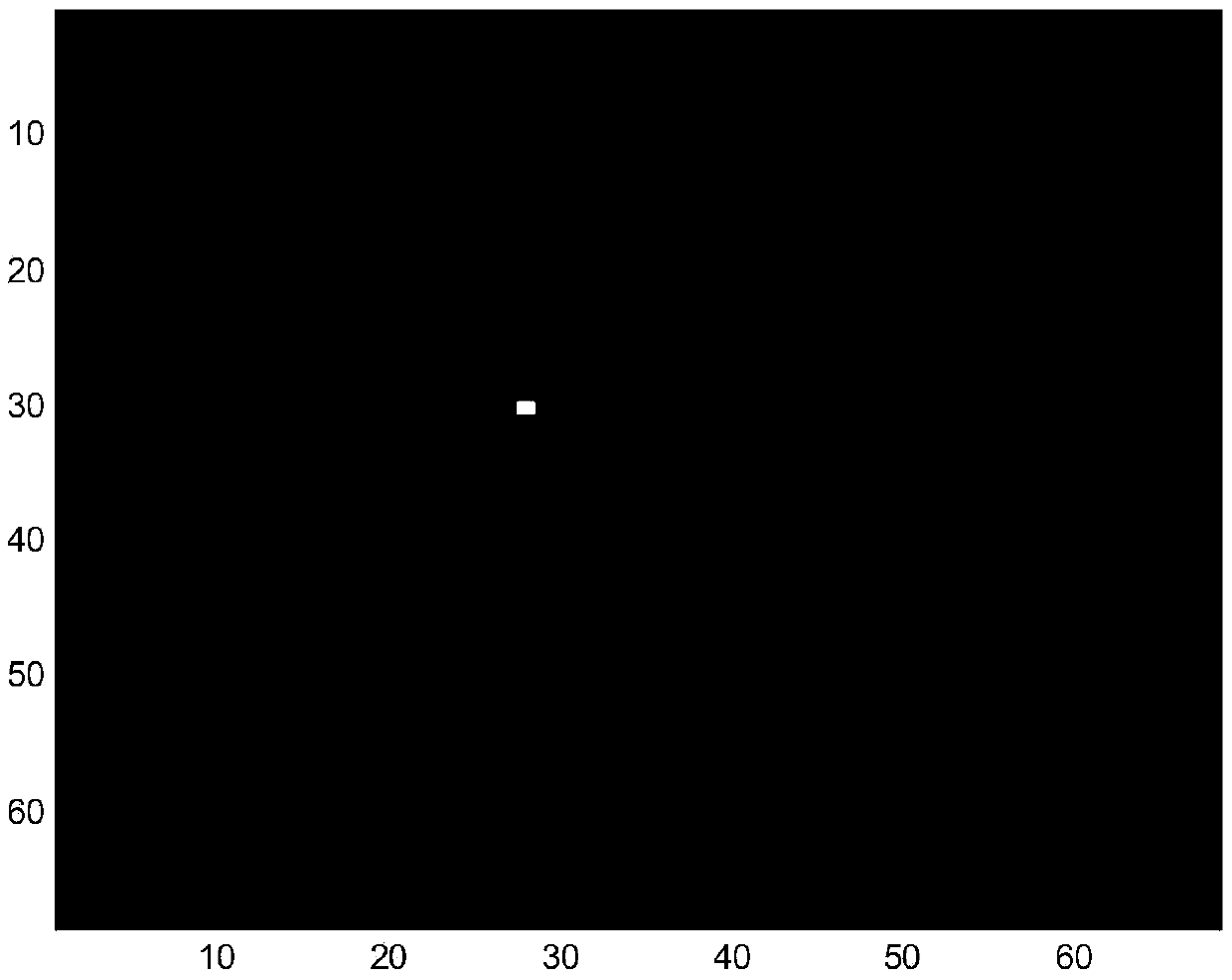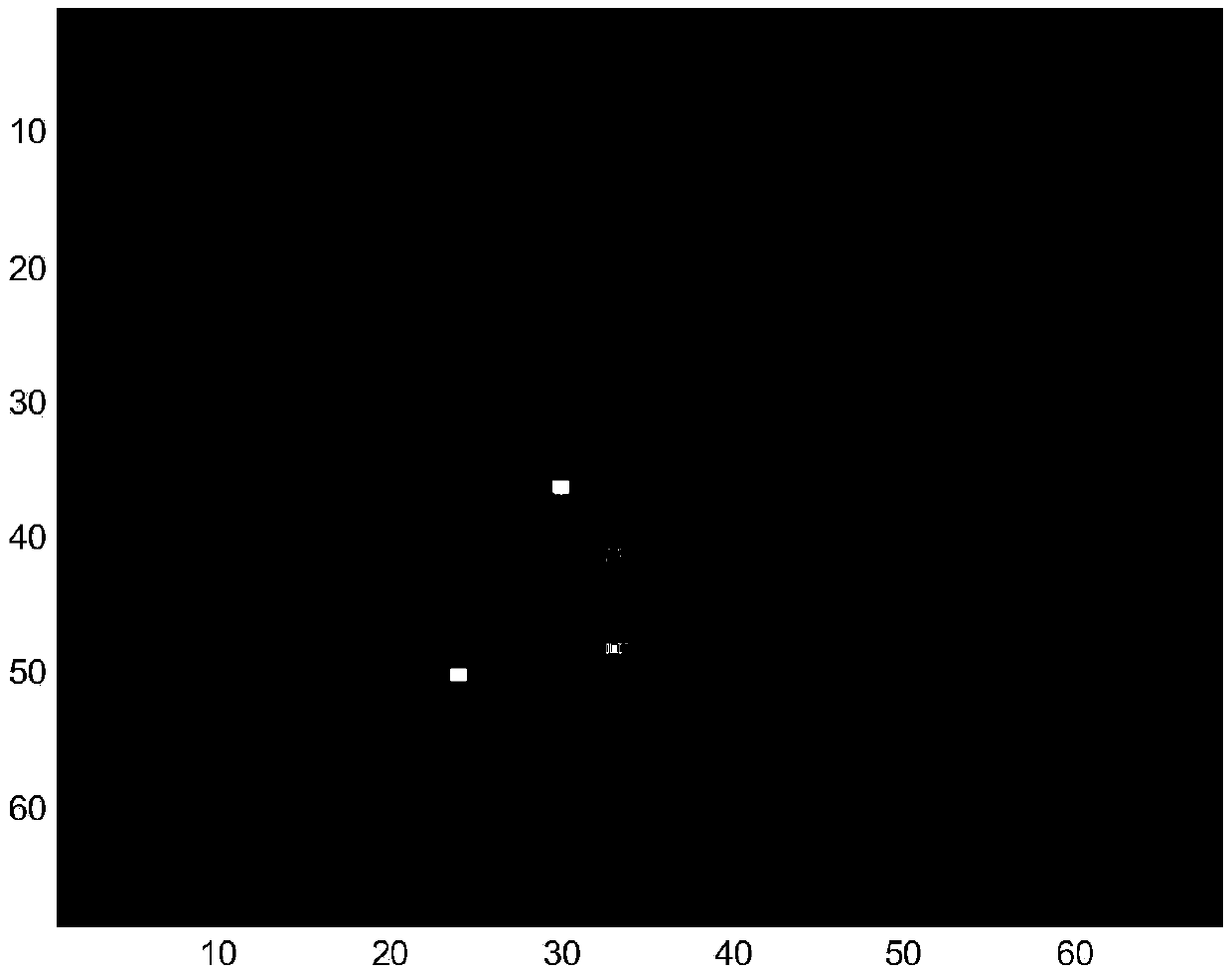SAR target recognition method based on non-negative least square sparse representation
A least squares, target recognition technology, applied in character and pattern recognition, instruments, calculations, etc., can solve problems such as estimating target azimuth and limited recognition accuracy.
- Summary
- Abstract
- Description
- Claims
- Application Information
AI Technical Summary
Problems solved by technology
Method used
Image
Examples
Embodiment
[0106]In this embodiment, the data images released by the MSTAR public database are used to compare and evaluate the recognition effect of the SAR target recognition method based on the non-negative least squares sparse representation of the present invention and other radar target recognition technologies. The MSTAR public database is completed by the X-band SAR detector of the San Diego National Laboratory, in which the pixel density of all SAR images is 128 rows × 128 columns, with a resolution of 0.3m × 0.3m, respectively at 15° and 17 obtained at a pitch angle of °. The MSTAR public database contains ten types of radar targets. These ten types of radar targets are all ground military vehicles or civilian vehicles, and their external shapes are similar. The radar target codes are BMP2 (infantry tank), BRDM2 (amphibious armored vehicle) Reconnaissance vehicle), BTR60 (armored transport vehicle), BTR70 (armored personnel carrier), D7 (agricultural bulldozer), T62 (T-62 main ...
PUM
 Login to View More
Login to View More Abstract
Description
Claims
Application Information
 Login to View More
Login to View More - R&D
- Intellectual Property
- Life Sciences
- Materials
- Tech Scout
- Unparalleled Data Quality
- Higher Quality Content
- 60% Fewer Hallucinations
Browse by: Latest US Patents, China's latest patents, Technical Efficacy Thesaurus, Application Domain, Technology Topic, Popular Technical Reports.
© 2025 PatSnap. All rights reserved.Legal|Privacy policy|Modern Slavery Act Transparency Statement|Sitemap|About US| Contact US: help@patsnap.com



